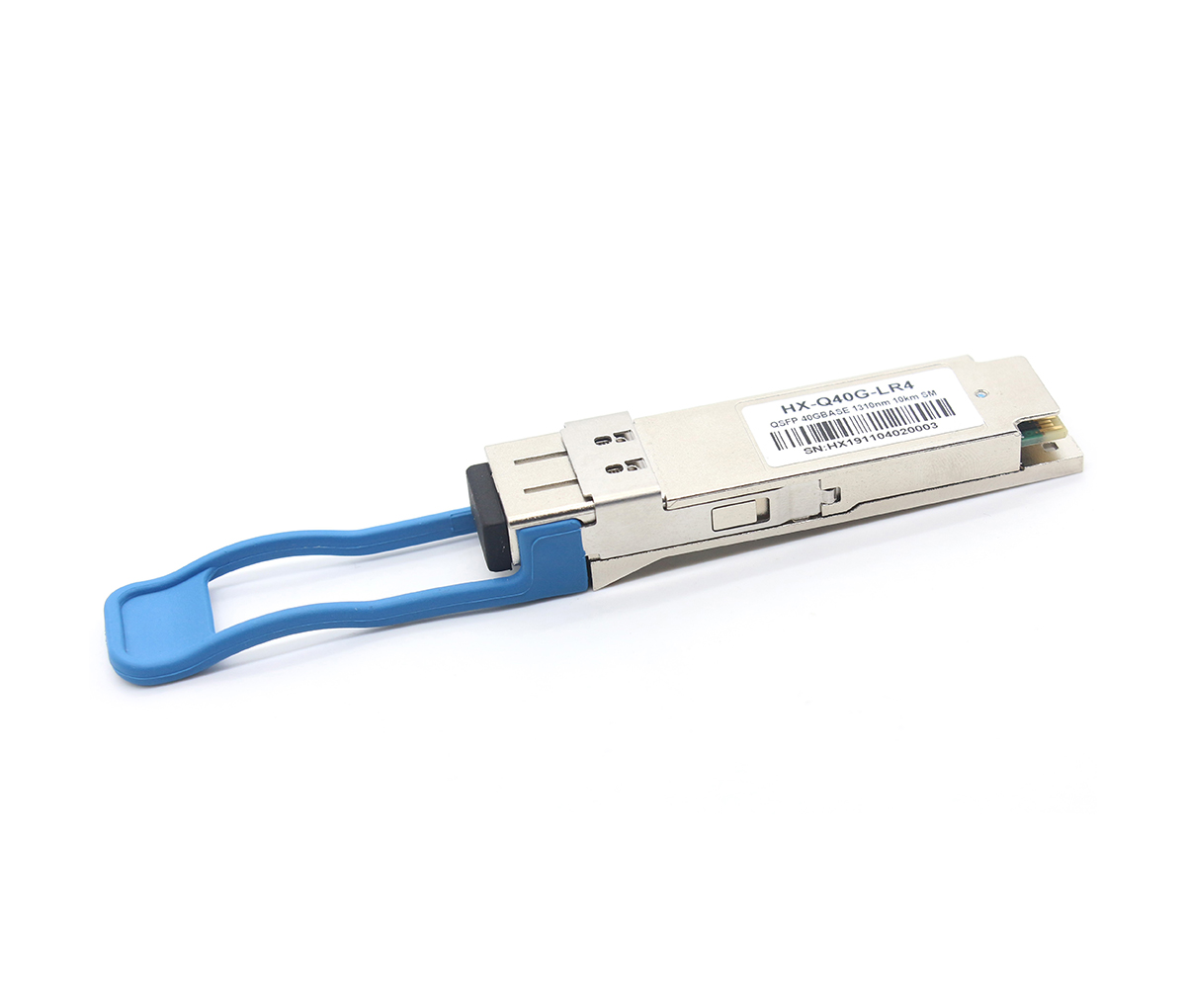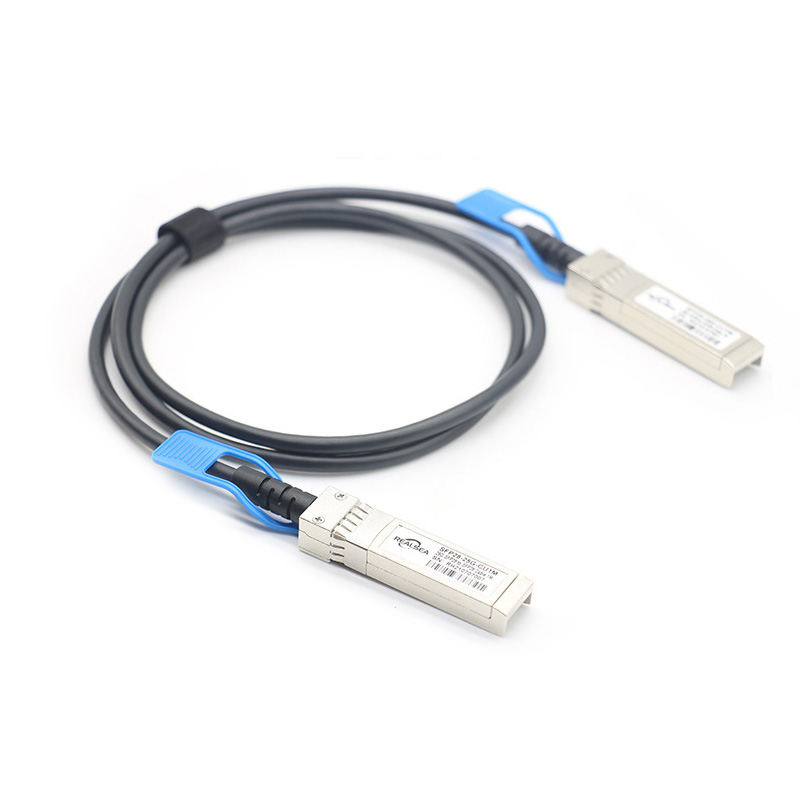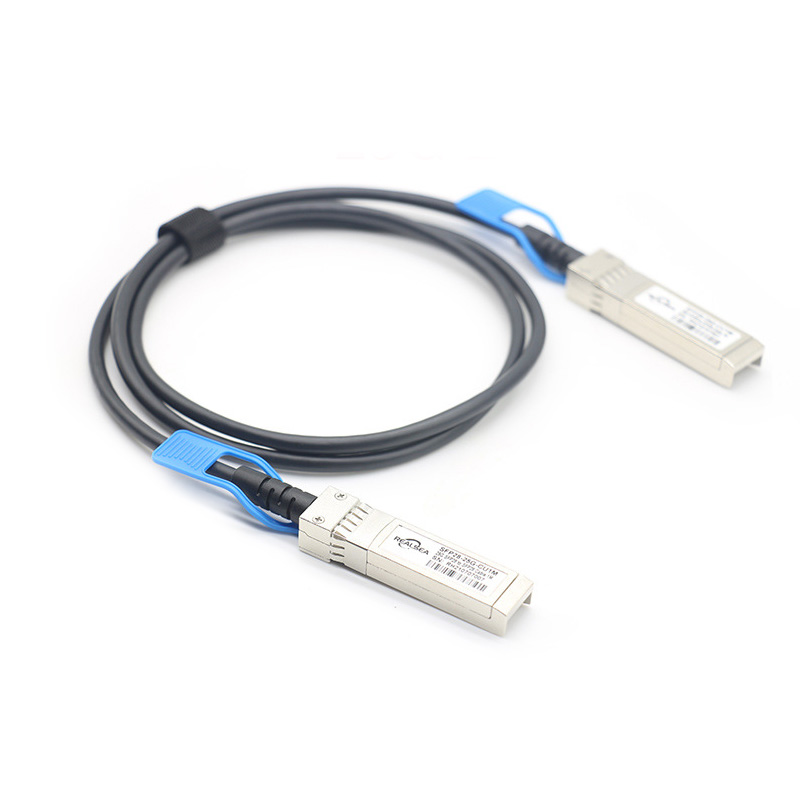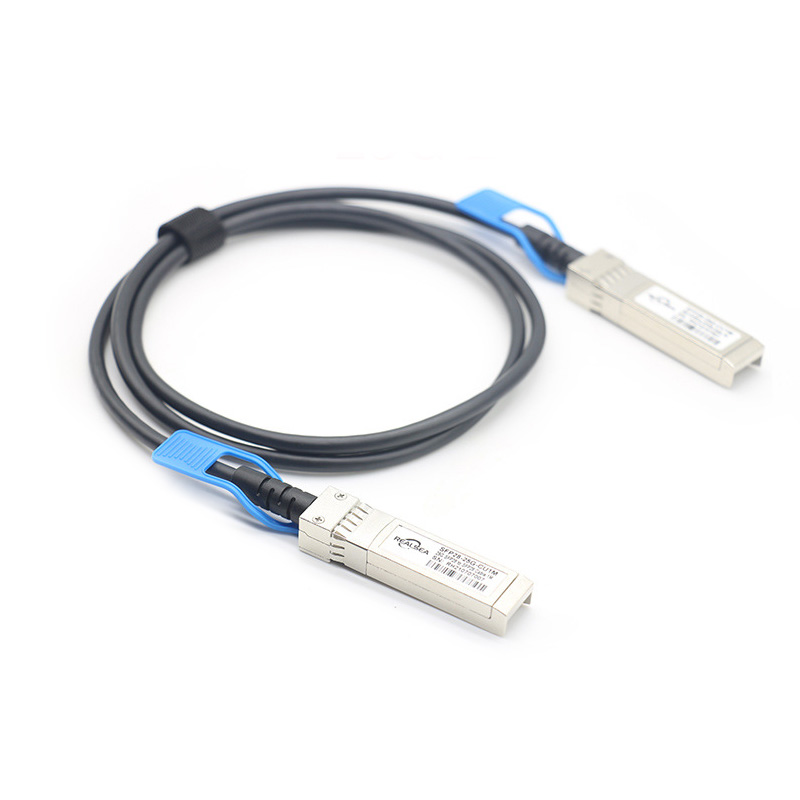Release Date: Sep 23,2022

Fast Ethernet optical transceiver not only greatly simplifies the design of local area network, but also can protect the investment of the original copper cable LAN equipment, which has become an urgent need in the current market. Optical transceivers allow designers to implement solutions for single-mode Gigabit Ethernet applications. The product consists of three parts: an optical transmitter, an optical receiver, and a box with a built-in duplex SC connector. The transmitter contains a GE LX compliant 1300nm laser driven by a custom, silicon bipolar IC that converts differential PECL logic signals into laser diode analog drive signals. The receiver contains an InP-PID photodiode mounted with a custom silicon bipolar transconductance preamplifier IC and connected to the postamplifier and digitizing circuitry. The signal detection circuit provided in the post-amplifier provides a PECL logic high signal once a useful optical signal is detected. This single-ended PECL output drives the standard PECL output through a load. The chassis is made of high-strength, heat-resistant, chemical-resistant and flame-retardant plastic, and the overall design has extremely high anti-interference and EMI performance.
Data line interconnection
The transceiver can be directly interconnected with the +5V PECL signal. The transmitter input is DC coupled to the laser driver circuit, ie no capacitive coupling termination resistors are provided at the input. The driving circuit of the laser is also DC-coupled, so that the output optical power of various duty cycle data patterns is relatively balanced. If the data has a long and continuous state time, the output optical power will gradually change its average value to its preset value.
In the receiver section, the pre-amp and post-amp are AC-coupled, while the actual data output by the post-amp is DC-coupled to their respective output pins. The signal detect output is a single-ended, +5V PECL signal, also DC coupled to its output pin. Of course, the correct interconnection circuit should be set up between the transceiver and the supporting physical layer integrated circuit, Figure 1 is the recommended interface circuit.
The electronic components comply with various relevant regulations, making users safer and more reliable when using them. Electrostatic discharge (ESD). There are two important things to prevent from ESD damage. One is that ESD-sensitive devices should take corresponding precautions, using grounded jumpers, and the console and floor are anti-static. The second is that exposed components in the chassis, such as dual ISC connectors, should meet the mandatory system-level ESD test standards. Electromagnetic Interference (EMI). High-speed transceivers should meet anti-electromagnetic interference requirements, such as FCC in the United States, CENELEC EN55022 (CISPR22) in Europe, and VCCI in Japan. Electronic components control electromagnetic radiation to reduce interference to nearby equipment. EMI performance also depends on the design of the enclosure and the correct installation of the circuit board within the enclosure.

25G SFP28 DAC is a 25GBASE-CR direct attach copper cable for data center environment. It provides a high speed, cost-effective alternatives to fiber optics in 25GbE Ethernet applications.

fiber pigtail is typically a fiber optic cable with one end factory pre-terminated fiber connector and the other exposed fiber.

This Article just briefly overviews 10G and 25G Ethernet (25Gb) technologies, focusing on the SFP+ transceiver and SFP28 transceiver.